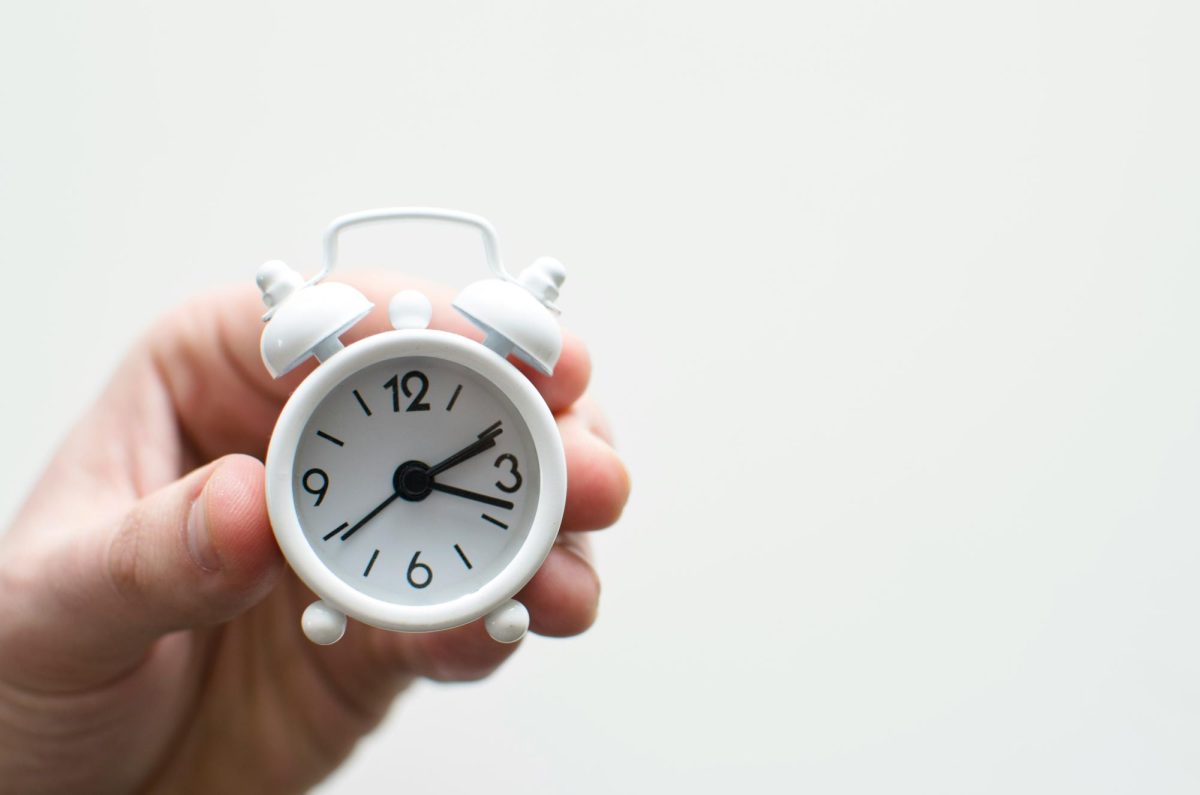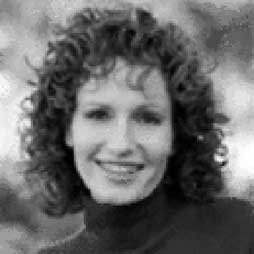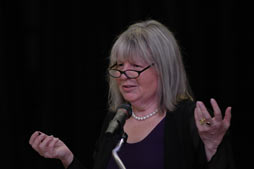By Mark Bauer/editor-in-chief
Cheating is everywhere. It has infiltrated marriages, school playgrounds and professional sports. Even a television show is dedicated solely to catching unfaithful significant others in compromising positions.
What about academics?
While there is not a television program dedicated to tracking the academically dishonest, researchers have conducted studies that rely on anonymity and require dishonest students to be honest—at least long enough for them to participate in the surveys.
One such study was conducted by Don McCabe of Rutgers University who found that nearly three-fourths of students had admitted to at least one form of cheating at one time in their college career.
While 75 percent is a high number, it may not point to a rise in cheating as some experts might suggest.
In 1963 William J. Bowers, social author, conducted a survey of more than 5,000 students that yielded similar results. Three decades later, McCabe intentionally copied Bowers’ research methods in an attempt to track the integrity of college students throughout different generations.
But if the numbers of students who cheat in each generation remain relatively constant, the methods by which they cheat certainly are not.
Dr. Bryan Stewart, vice president of mathematics and science on SE Campus, said that when dealing with cheaters, the offenses range from the traditional answers written on the hand to technological uses.
“A student was sending [answers] in texts in his cell,” Stewart said of the most technologically inclined attempt at cheating he has had to deal with.
YouTube, a Web site dedicated to uploading and viewing videos, has an assortment of user-submitted videos detailing different ways to cheat.
In a video viewed 50,000 times since last fall, one girl talks about writing answers on a thin sheet of paper and inserting it into the clear, empty tube of a pen.
“I know it’s not a good thing to cheat; it’s like academic dishonesty and blah, blah, blah,” she said in the video. “But I think that everyone has done it at least once.”
Another video records more than half a million views since it was posted three weeks ago and gives step-by-step instructions on how to create a convincing, graphically enhanced soda label with mathematic and scientific formulas in place of the nutritional information.
And the favorite cheat is the timeless approach of glancing at a neighbor’s answer sheet. But this does not always lead to an improved score.
“I was so stressed out I couldn’t help but look at my neighbor’s test,” one North Texas student, speaking on condition of anonymity, confessed. “But when we got the results back, most of the answers I cheated on were wrong. If I kept my original answers, I would have gotten a better grade.”
Donna Standefer, coordinator of testing on SE Campus, said that she has not dealt with any “testing irregularities” this spring. She attributes part of that success to proper proctoring—where the people overseeing the testing deliberately let students know they are paying attention by walking the aisles.
“When you do this for years, you can almost see the guilt,” she said. “They kind of give themselves away.”
Still, whenever students are caught cheating, the disciplinary action taken against them can affect the rest of their college career and, consequently, the rest of their lives.
It is for that reason that Stewart tries to be fair when dealing with cheating. But ultimately, he leaves it up to the professor to recommend the action taken.
“It depends on the level of severity, but I let [the instructors] recommend action. We reach a solution, and we always talk to the student,” he said.
Stewart said the most common reason given for cheating is being stressed or overwhelmed. But he had this advice to give:
“It’s a tough issue; students get desperate,” he said. “If [students] get to that point, they should go to a faculty member and let that be their first action taken rather than cheating.”





























